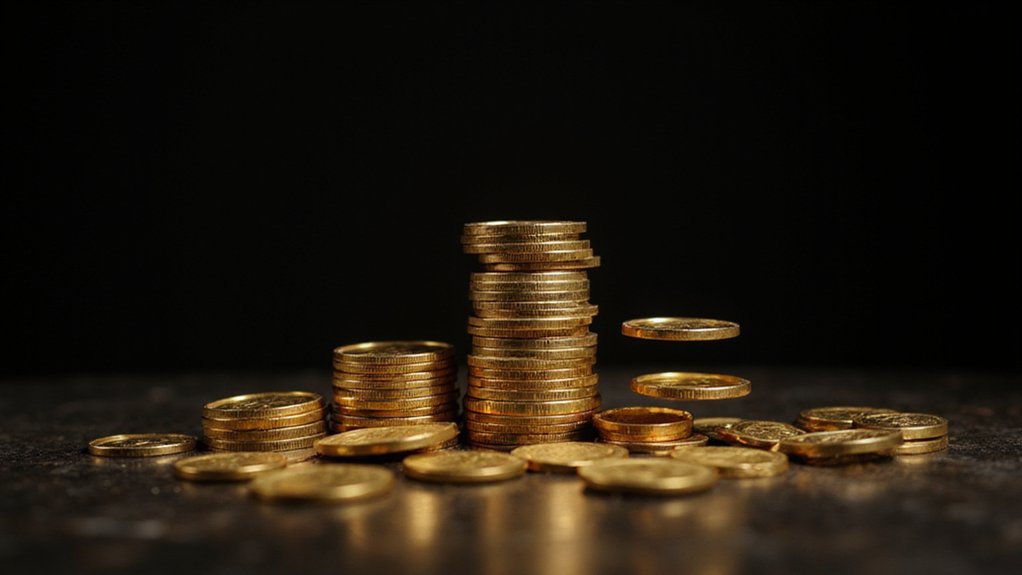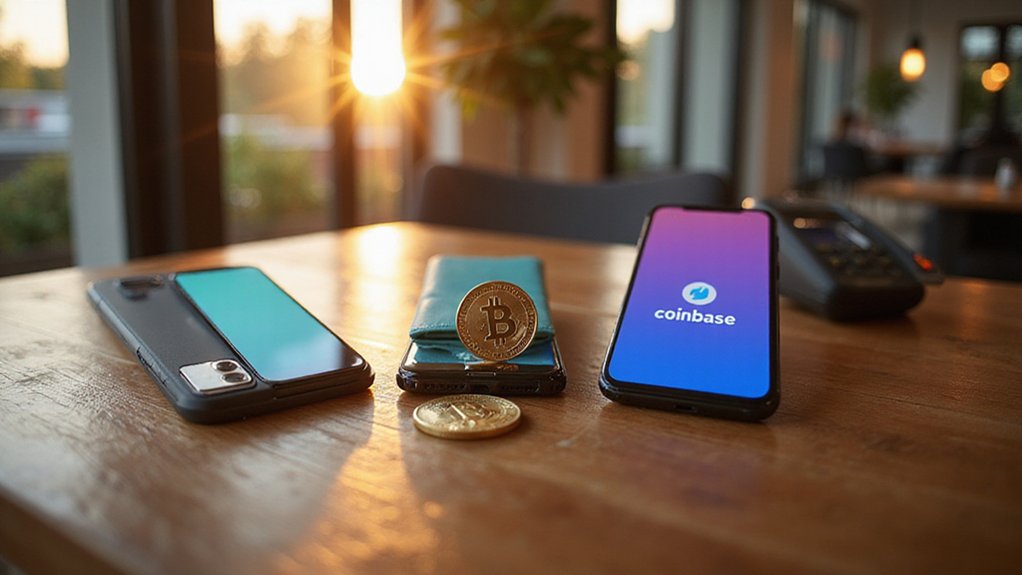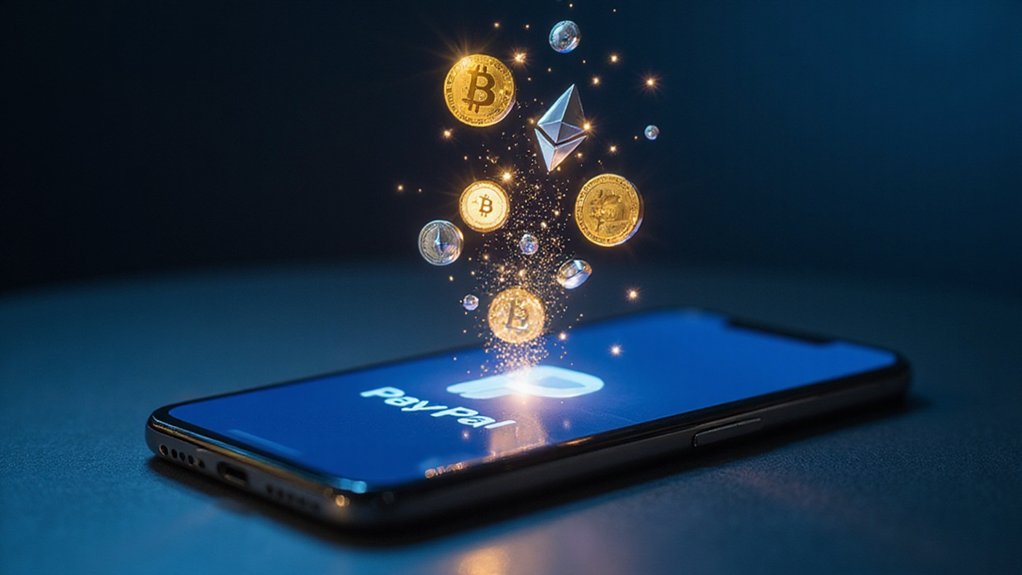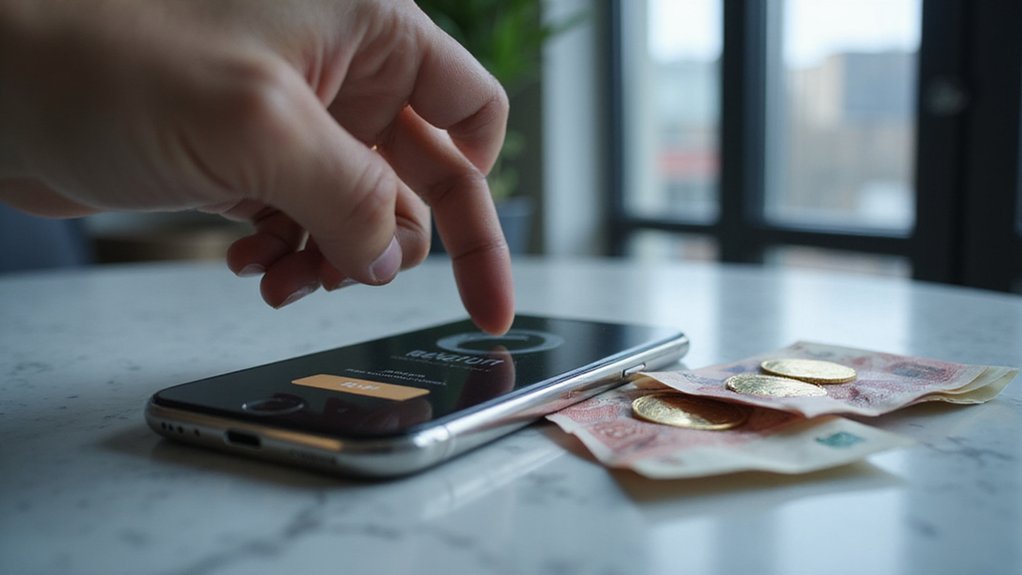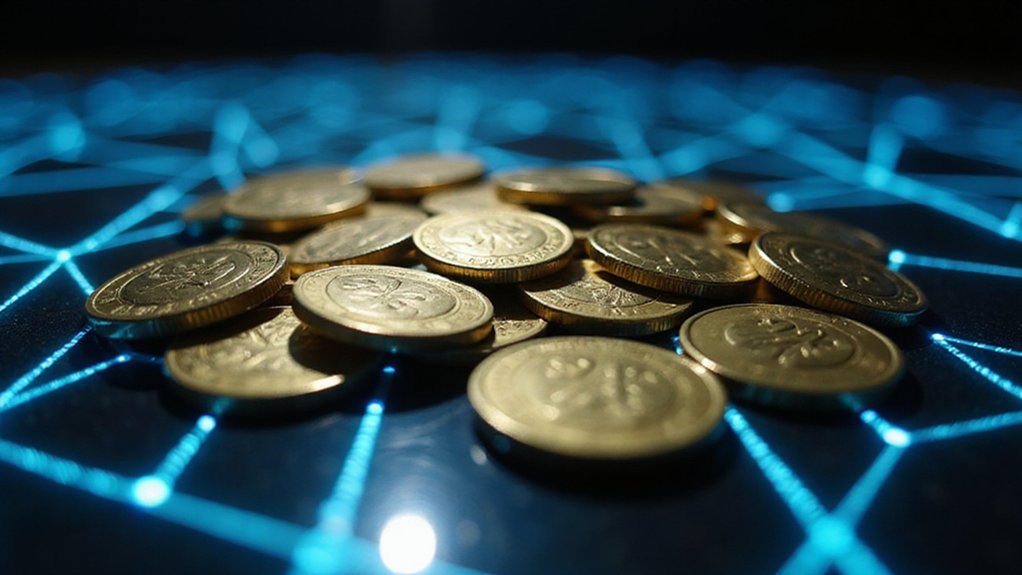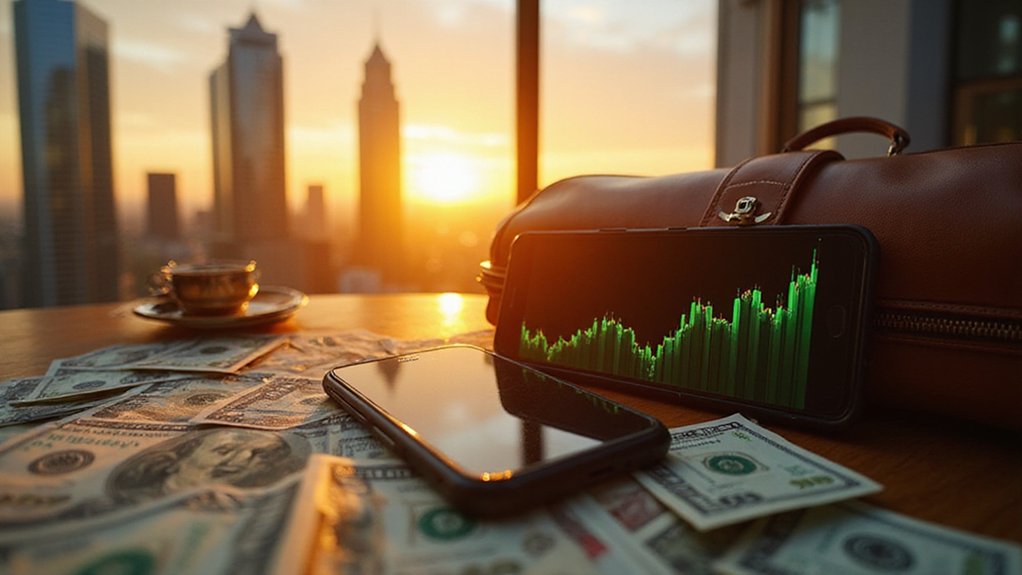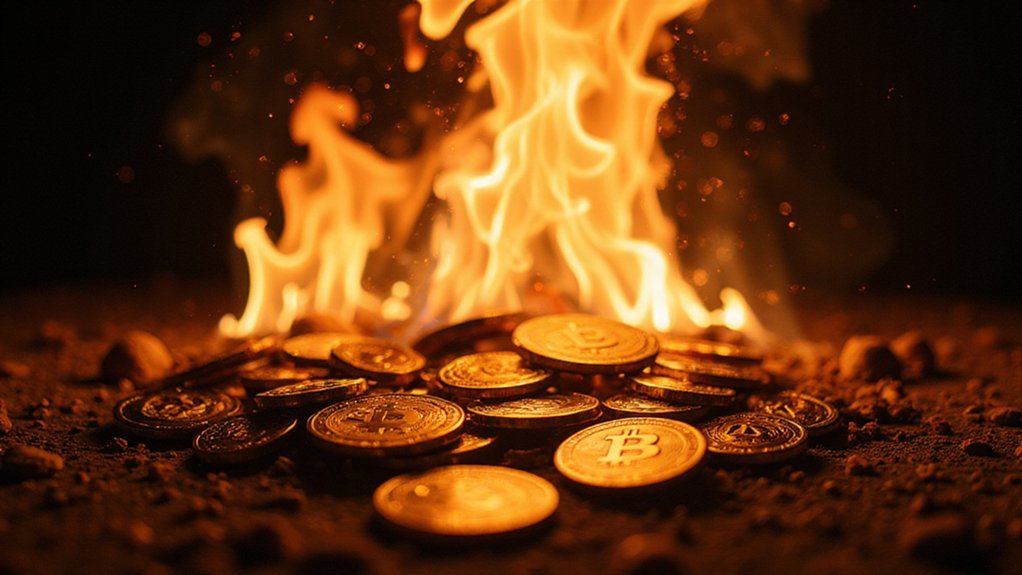Kraken has released its Krak app into the increasingly crowded peer-to-peer payment arena, where the cryptocurrency exchange now finds itself squaring off against entrenched players like Venmo and Cash App—though with a decidedly more ambitious arsenal. The blockchain-powered platform supports over 300 assets across 160 countries, making traditional payment apps’ fiat-only offerings appear quaint by comparison.
The app’s most compelling feature lies in its ability to settle transactions instantly through public blockchains, eliminating the multi-day settlement periods that plague traditional banking systems. While banks continue charging substantial fees for international transfers that crawl through correspondent banking networks, Krak users can send value across continents in seconds using simplified “Kraktags” instead of wrestling with cryptographic wallet addresses.
Beyond mere transaction facilitation, the platform offers yield generation opportunities that would make traditional savings accounts blush—up to 4.1% APR on USDG stablecoins and an impressive 10% on select cryptocurrencies. This stands in stark contrast to the near-zero interest rates banks have maintained despite record profits. The platform leverages smart contracts to automate these lending and borrowing functions without requiring traditional financial intermediaries.
The technological foundation addresses fundamental inefficiencies in legacy payment systems by removing intermediaries that add cost without corresponding value. Traditional banks, despite decades of digitization efforts, still process international payments through antiquated correspondent banking relationships that introduce delays, opacity, and fees at every junction. These limitations particularly impact the 1.4 billion unbanked adults worldwide who lack access to basic financial services.
Krak’s global accessibility particularly challenges established financial infrastructure in emerging markets, where traditional banking services remain limited or prohibitively expensive. The platform’s lack of minimum balance requirements further democratizes access to financial services, while planned debit card integration and collateral-based lending features suggest ambitions extending well beyond simple peer-to-peer payments. Unlike traditional banking apps that require complex account numbers for transfers, Krak operates with segregated balances that maintain complete separation from users’ main Kraken exchange accounts.
The competitive implications extend beyond technical capabilities to fundamental business model disruption. While Venmo and Cash App rely on traditional banking rails underneath their consumer-friendly interfaces, Krak bypasses these systems entirely through blockchain settlement. This architectural difference enables true 24/7 operation without weekend or holiday restrictions—a seemingly obvious capability that remains surprisingly elusive in traditional finance.
Whether established payment providers can adapt quickly enough to counter blockchain-native competitors remains an open question, though their historical response to technological disruption offers little cause for optimism.

